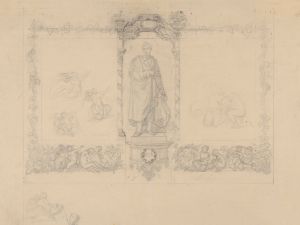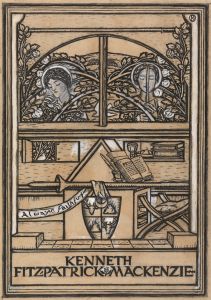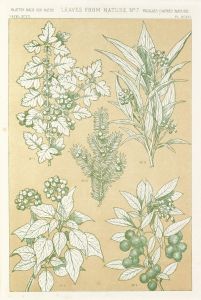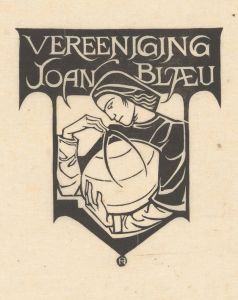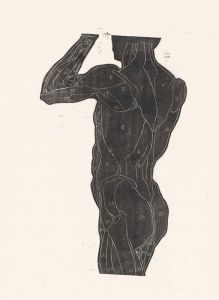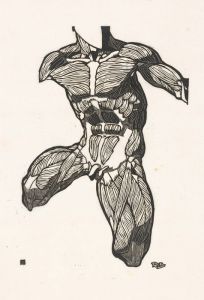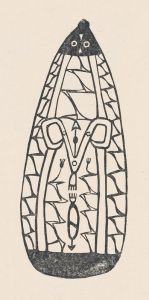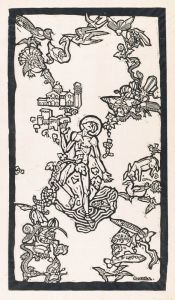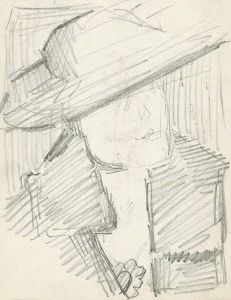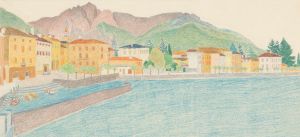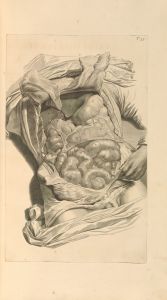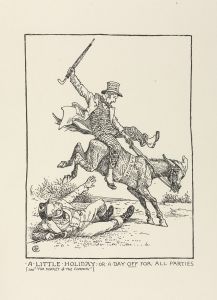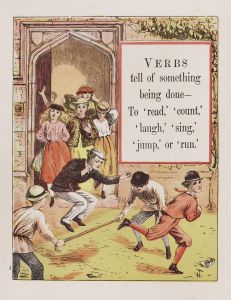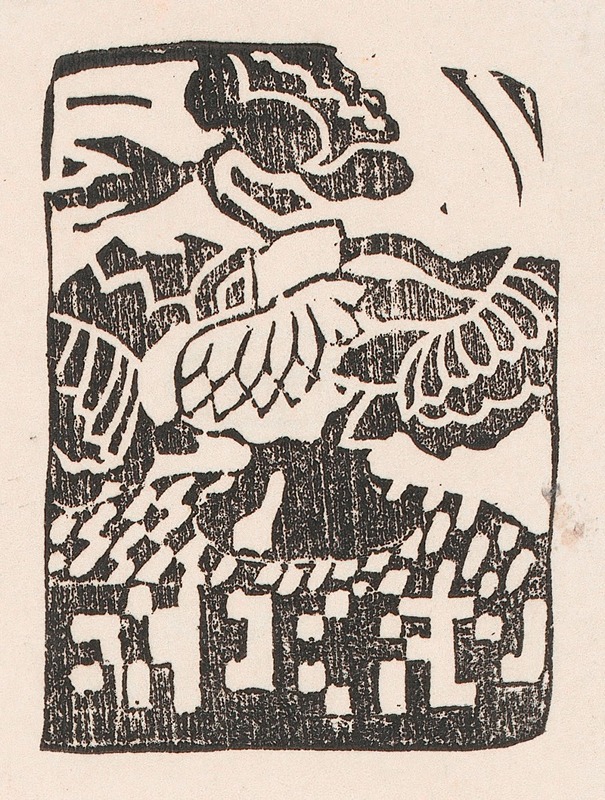
Ex libris met bloemenvaas
A hand-painted replica of Reijer Stolk’s masterpiece Ex libris met bloemenvaas, meticulously crafted by professional artists to capture the true essence of the original. Each piece is created with museum-quality canvas and rare mineral pigments, carefully painted by experienced artists with delicate brushstrokes and rich, layered colors to perfectly recreate the texture of the original artwork. Unlike machine-printed reproductions, this hand-painted version brings the painting to life, infused with the artist’s emotions and skill in every stroke. Whether for personal collection or home decoration, it instantly elevates the artistic atmosphere of any space.
Reijer Stolk was a Dutch artist known for his contributions to graphic design and printmaking in the early 20th century. His work often reflected the styles and movements of his time, including elements of Art Deco and modernism. One of his notable works is "Ex libris met bloemenvaas," which translates to "Bookplate with Flower Vase."
"Ex libris" refers to bookplates, which are labels pasted into books to indicate ownership. These bookplates often feature artistic designs and are considered a form of personal expression for the book owner. Stolk's "Ex libris met bloemenvaas" is a fine example of this tradition, showcasing his skill in combining graphic design with personal symbolism.
The artwork features a stylized depiction of a flower vase, a common motif in decorative arts, symbolizing beauty, nature, and growth. Stolk's interpretation likely includes intricate line work and a balanced composition, reflecting his background in printmaking. The design would have been intended to be both aesthetically pleasing and functional, serving as a unique identifier for the book's owner.
Reijer Stolk was active during a period when the ex libris tradition was experiencing a revival, particularly in Europe. This resurgence was partly due to the Arts and Crafts movement, which emphasized handcrafted artistry and the beauty of everyday objects. Bookplates became a popular way for individuals to express their identity and taste, and artists like Stolk played a crucial role in elevating the medium to an art form.
Stolk's work, including "Ex libris met bloemenvaas," is characterized by its attention to detail and its ability to convey a sense of elegance and sophistication. His designs often incorporated elements of nature, geometry, and symmetry, which were hallmarks of the Art Deco style that was prevalent during his career. This style is known for its bold lines, rich colors, and lavish ornamentation, all of which can be seen in Stolk's approach to his ex libris designs.
While specific details about the individual for whom "Ex libris met bloemenvaas" was created may not be widely documented, the piece itself stands as a testament to Stolk's artistic vision and his ability to merge personal expression with decorative art. His work in this area contributed to the broader appreciation of bookplates as collectible art objects, valued not only for their utility but also for their aesthetic appeal.
Reijer Stolk's contributions to the art of bookplates are part of his broader legacy as an artist who navigated the changing artistic landscape of the early 20th century. His work remains a part of collections that celebrate the history and evolution of graphic design and printmaking, offering insight into the cultural and artistic trends of his time.





